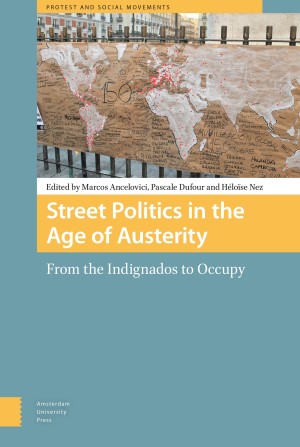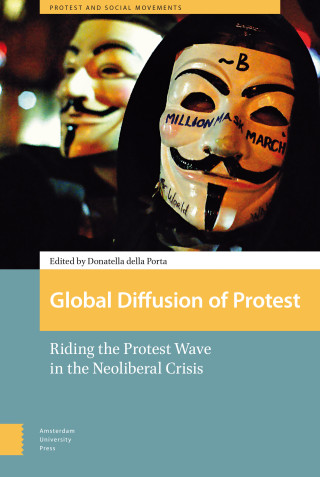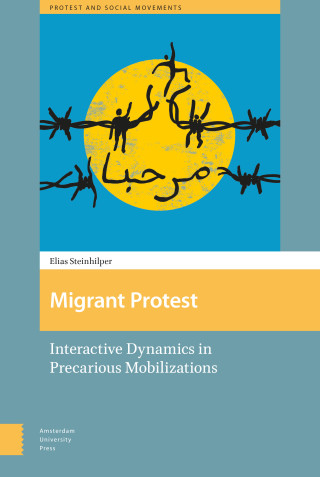Chapter 1: Introduction. "From the Indignad@s to Occupy : Prospects for Comparison" (Dufour, Nez, Ancelovici)
The introduction of the book explains our collective positioning regarding the object of analysis (the recent emergence of protest in Europe and North America). We argue that from a comparative perspective, it is possible to consider these protests as equivalent units of analysis (they have sufficient commonalities) but not necessarily as belonging to a single or common wave or cycle. This is an empirical question addressed by individual chapters. The framework introduced here highlights both similarities at a certain level of comparison and differences in the empirical development of protests.
This chapter is divided into two main sections. We begin by surveying the growing body of literature on the 2011-12 protests. This section represents a strong contribution to the literature as it surveys more than 150 academic references published in the last 3 years. We then propose to define this new family of protests on the basis of three dimensions: a political economy, a constitutive tension with representative democracy, and specific modes of action (at least in the initial phases of the protest). Each chapter of the book addresses (with various levels of detail) these three dimensions. We also incorporate the issue of diffusion as a transversal process that cuts across cases and informs the comparisons. Finally, we briefly present the layout of the book.
PART 1: HOW STRUCTURAL FACTORS SHAPE MOBILIZATION
Chapter 2: Chapter 2: "The Crisis and Its Victims: Austerity and Spaces for Protest?" (George Ross)
The huge economic crisis that followed the collapse of Lehman Brothers in 2008 spread rapidly throughout the global financial sector and severely damaged " real economies " everywhere. The wealthy market societies of North America and Europe were hit very hard. Crises that do such widespread damage are rare, but when they do occur they rapidly dislocate the structures of peoples' lives, create confusion and uncertainty for them, challenge identities, and cause great desperation. Mapping such disorienting changes does not allow us to predict how those experiencing them will respond, but it is safe to say that such radical disruptions cab lead some to rebel, protest, and mobilize in social movements. This chapter will review the evolution of the present economic crisis in its American "Wall Street" manifestations and its later transmogrification into the Euro-zone crisis with the goal first of outlining the socioeconomic structural effects of the crises to specify those social groups most dislocated by the crises' impacts.
Chapter 3: "Mobilization of Protest in the Age of Austerity" (Hanspeter Kriesi)
Taking the mobilization of protest in the age of austerity as the point of reference, this chapter aims at linking the two worlds of social movements and political parties, with the experience of protest mobilization in three countries: Greece, Spain and the US. These three cases show that movements are linked to national political contexts. Thus, in all three countries, the target of the mobilization was the incumbent government, and this government was a centre-left one. But they were challenged for quite different reasons and the forces in opposition that benefited from the mobilization were quite different, too. However, and this is the point all three cases share, the mobilizations have had a tremendous impact on electoral politics, the party system, and the political process more generally. Electoral choices and protest, mobilization by political parties and social movements are part and parcel of one and the same process of political interest intermediation that continuously links the different forms of interests articulation, in the various channels and arenas of the political system.
Chapter 4: "The Spanish Indignados and Israel's Social Justice Movement: The Role of Political Cleavages in Two Extensive Protests"





